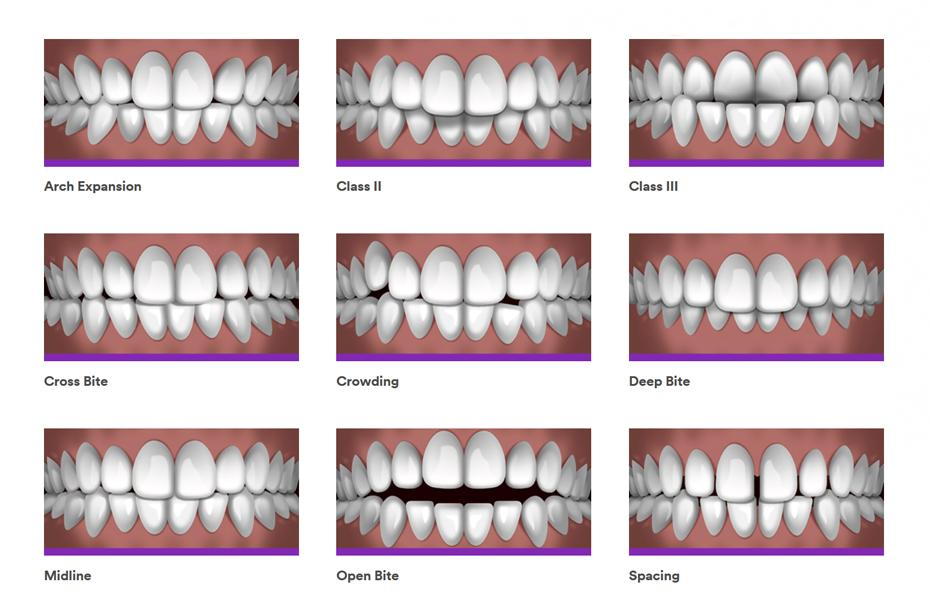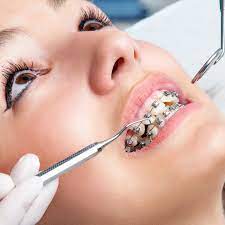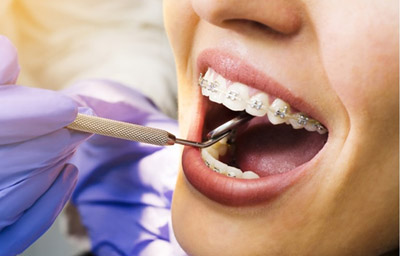Causey Orthodontics Fundamentals Explained
Causey Orthodontics Fundamentals Explained
Blog Article
Excitement About Causey Orthodontics
Table of ContentsExcitement About Causey OrthodonticsThe Causey Orthodontics IdeasThe Ultimate Guide To Causey OrthodonticsMore About Causey OrthodonticsSome Known Details About Causey Orthodontics
Overlooking occlusal connections, it was common to remove teeth for a range of dental issues, such as malalignment or overcrowding. The concept of an undamaged dentition was not commonly valued in those days, making bite connections seem irrelevant. In the late 1800s, the concept of occlusion was crucial for developing dependable prosthetic substitute teeth.As these concepts of prosthetic occlusion proceeded, it ended up being an indispensable device for dentistry. It was in 1890 that the job and impact of Dr. Edwards H. Angle began to be really felt, with his contribution to modern-day orthodontics especially significant. Concentrated on prosthodontics, he educated in Pennsylvania and Minnesota before guiding his focus towards dental occlusion and the therapies required to maintain it as a typical problem, hence ending up being recognized as the "papa of modern orthodontics".

The idea of perfect occlusion, as postulated by Angle and included right into a classification system, enabled a shift in the direction of dealing with malocclusion, which is any discrepancy from normal occlusion. Having a complete set of teeth on both arches was highly searched for in orthodontic treatment due to the need for specific partnerships between them.
Rumored Buzz on Causey Orthodontics
As occlusion became the vital concern, face percentages and aesthetic appeals were overlooked - emergency orthodontist near me. To attain optimal occlusals without making use of external forces, Angle proposed that having excellent occlusion was the very best method to obtain optimum facial looks. With the death of time, it became rather noticeable that even an exceptional occlusion was not appropriate when taken into consideration from a visual viewpoint
Charles Tweed in America and Raymond Begg in Australia (that both researched under Angle) re-introduced dental care removal right into orthodontics throughout the 1940s and 1950s so they can boost face esthetics while additionally making certain far better security worrying occlusal partnerships. In the postwar duration, cephalometric radiography started to be utilized by orthodontists for measuring changes in tooth and jaw position triggered by growth and treatment. It came to be noticeable that orthodontic treatment can readjust mandibular advancement, causing the development of useful jaw orthopedics in Europe and extraoral pressure steps in the US. These days, both functional appliances and extraoral tools are used around the globe with the objective of changing growth patterns and forms. Pursuing real, or at least improved, jaw relationships had actually ended up being the main purpose of treatment by the mid-20th century.
Causey Orthodontics Can Be Fun For Anyone
 The American Journal of Orthodontics was produced for this purpose in 1915; before it, there were no clinical purposes to comply with, neither any specific classification system and brackets that did not have functions. Till the mid-1970s, braces were made by wrapping steel around each tooth. With developments in adhesives, it came to be possible to instead bond metal braces to the teeth.
The American Journal of Orthodontics was produced for this purpose in 1915; before it, there were no clinical purposes to comply with, neither any specific classification system and brackets that did not have functions. Till the mid-1970s, braces were made by wrapping steel around each tooth. With developments in adhesives, it came to be possible to instead bond metal braces to the teeth.Andrews offered an informative definition of the suitable occlusion in irreversible teeth. This has had meaningful effects on orthodontic treatments that are administered routinely, and these are: 1. Appropriate interarchal partnerships 2. Proper crown angulation (tip) 3. Correct crown inclination (torque) 4. No rotations 5. Tight contact points 6. Apartment Contour of Spee (0.02.5 mm), and based upon these concepts, he uncovered a therapy system called the straight-wire device system, or the pre-adjusted edgewise system.
The advantage of the layout depends on its brace and archwire mix, which needs only minimal wire flexing from the orthodontist or clinician (best orthodontist near me). It's aptly called hereafter feature: the angle of the slot and thickness of the brace base inevitably establish where each tooth is located with little requirement for extra manipulation
3 Simple Techniques For Causey Orthodontics
Both of these systems used similar braces for each tooth and necessitated the flexing of an archwire in three aircrafts for locating teeth in their wanted positions, with these bends dictating best placements. When it involves orthodontic home appliances, they are separated into 2 types: removable and dealt with. Removable home appliances can be tackled and off by the client as needed.

Therefore, practically all modern-day fixed appliances can be taken into consideration variations on this edgewise device system. Early 20th-century orthodontist Edward Angle made a major payment to the world of dental care. He produced 4 unique appliance systems that have actually been used as the basis for lots of orthodontic treatments today, disallowing a few exemptions.
Causey Orthodontics Fundamentals Explained

The cable ended in a string, and to relocate ahead, an adjustable nut was made use of, which enabled for an increase in area. By ligation, each private tooth was connected to this large archwire (orthodontist services). Because of its limited variety of motion, Angle was incapable to achieve specific tooth positioning with an E-arch
These tubes held a firm pin, which might be rearranged at each visit in order to relocate them in position. Dubbed the "bone-growing home appliance", this gizmo was thought to urge healthier bone development due to its possibility for transferring force directly to the roots. Nevertheless, applying it verified bothersome actually.
Report this page